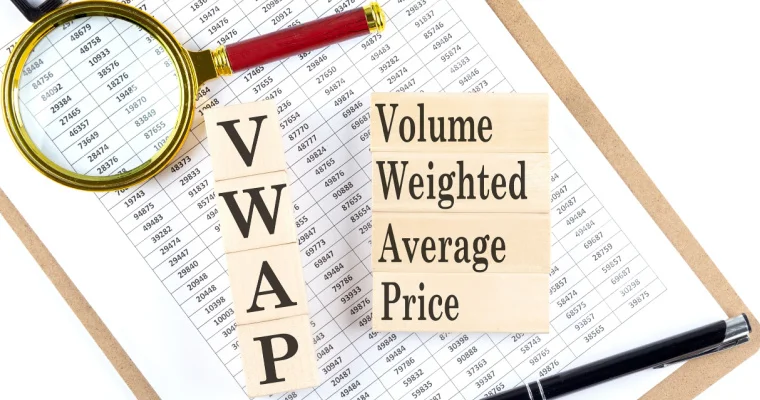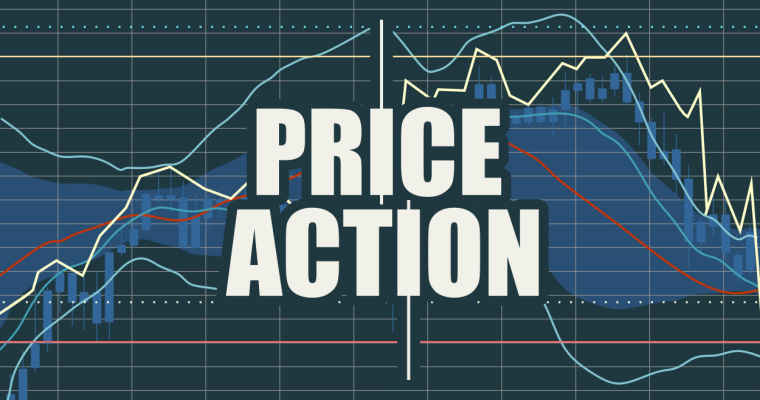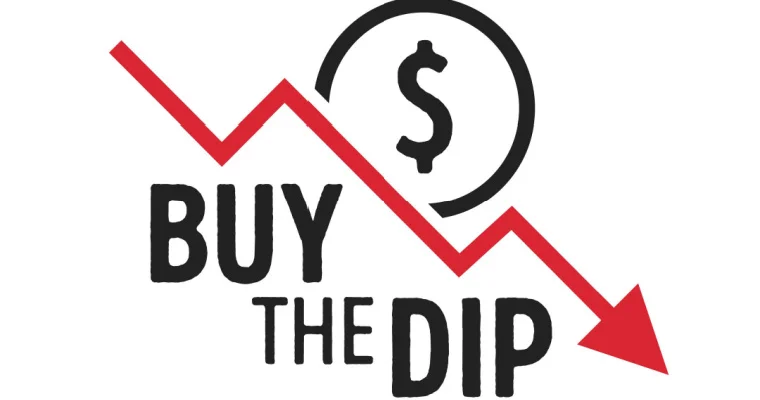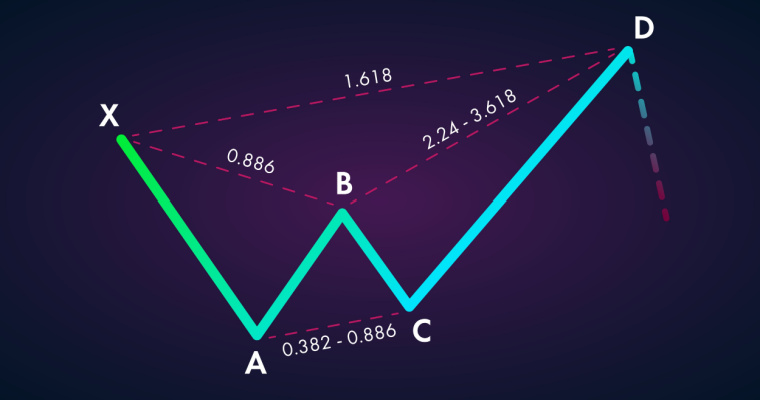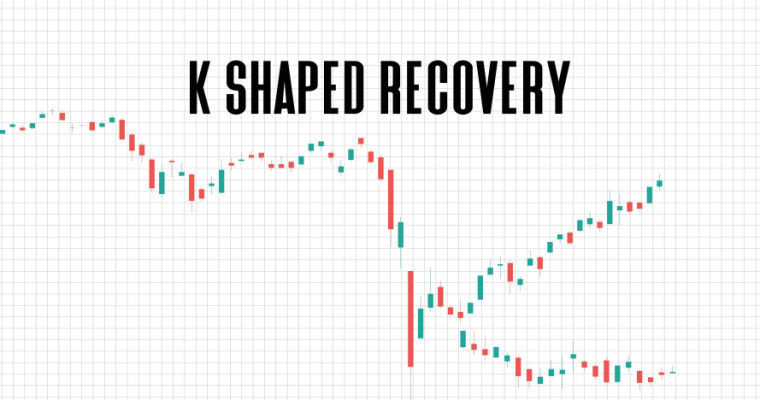List of 10 Best FMCG Stocks in India 2023

FMCG goods are consumed within a short span of time and are priced low. This sector accounts for a significant part of consumer spending. Additionally, they also attract investors as they make for a relatively reliable investment option with largely non-volatile margins and regular dividends.
If you are also looking to diversify your investment portfolio, check out this list of the top 10 FMCG stocks in India, how to identify the best FMCG stocks, their benefits and things to know before investing in FMCG stocks. Read on!
List of Top Performing FMCG Stocks in India
In recent years, the FMCG market has witnessed tremendous competition. While some FMCG brands have become household names, others have shifted their focus to manufacture more products across different segments.
Listed below are the best FMCG stocks for long-term investment:
1. Hindustan Unilever
Established in 1933, HUL is a leading consumer goods company in India. HUL boasts a portfolio of over 400 brands, and the products are available in over 150 countries and a market capitalisation of Rs.5.88 lakh crore.
HUL operates in three sectors: personal care, refreshment and home care.
Currently, HUL ranks among the top consumer products companies in the world with $60 billion in annual global sales, making it one of the best FMCG stocks for investment.
2. ITC
The FMCG share list is incomplete without ITC.
With its incorporation in 1910, the Indian Tobacco Company (ITC) is a leading consumer goods company in India. The FMCG company boasts a market capitalisation of Rs. 4.39 lakh crores. Though cigarettes are the primary product line offered by the company, it also offers products under other brand names. These include Fiama, Savlon, Bingo, Vivel, Sunfeast, Classmate Stationery, and more. ITC also has a presence across diversified industries, including hotels, agribusiness, packaging, and more.
3. Nestle
When it comes to 5-year returns, Nestle takes the spot. Nestle India has seen exponential growth over the last few years, boasting a market capitalisation of Rs. 1.95 lakh crores. Its wide range of product offerings makes it a leading FMCG company in India. Nestle’s business is divided into four primary categories. These categories are listed below:
- Beverages
- Chocolates and confectionary products
- Nutrition, health, and wellness
- Petcare
Nestle also owns brands, including Maggi, Nescafe, Milkybar, Kit Kat, Milo, Bar-One, Nestea, and Milkmaid.
4. Dabur
Dabur started as a manufacturer of healthcare products in Kolkata. The company currently manufactures ayurvedic pharmaceuticals, food, and personal care products. Dabur holds a 5.5% share in the FMCG sector, making it one of India’s best consumer goods companies.
5. Godrej Consumer Products
Mumbai-based Godrej Consumer Products has a market capitalisation of over Rs. 83,000 crores.
The company offers a wide range of consumer products, including food products, detergents, soaps, home appliances, personal care products, and healthcare products. The company’s brands include Cinthol, Godrej No. 1, Godrej Fair Glow, Godrej Shikakai, Renew, Godrej Powder Hair Dye, ColourSoft, and Ezee.
Other FMCG companies in India include Jubilant FoodWorks, Marico, Procter & Gamble Hygiene and Healthcare, Tata Consumer Products, Britannia Industries, Emami, Colgate Palmolive, and more.
6. Britannia
Britannia Industries Limited is one of the leading FMCG companies in India. The product portfolio of the company is extensive, including bread, cakes, biscuits, rusks, and dairy products. Dairy products further include yoghurt, cheese, milk, and beverages. The brand portfolio includes Marie Gold, Tiger, 50:50, Good Day, NutriChoice, Treat, and Milk Bikis. After 130 years of its inception, the shares of Britannia reached an all-time high, resulting in the company entering the Rs. 1 trillion market valuation club.
7. Marico Ltd.
Marico Limited is India’s leading consumer goods company, offering products in the area of healthcare, beauty, and wellness. Other areas across which the company offers products include skin care, edible oils, hair care, skin care, healthy foods, fabric care, male grooming, and immunity boosting. The company recorded sales of Rs.80.5 billion (USD 1.1 billion) during the financial year 2020-21. The market capitalisation of Marico Limited stands at Rs. 66,962 crores.
8. Colgate Palmolive
The company entered the Indian market in the 19th century with manufacturing operations for toothpaste and candles. Now, Colgate Palmolive is one of the leading companies in personal healthcare products. Other popular products offered by the company include mouthwashes. Moreover, 95% of its sales turnovers come from oral care products. Recently, the company entered the face cleansing category. Colgate Palmolive has a market cap of Rs.42,665.03 Cr.
9. Procter & Gamble Hygiene Healthcare Ltd.
It’s one of the most well-known FMCG companies in India. The primary subsidiaries of the company include Procter & Gamble Hygiene and Health Care Limited and Gillette India Limited. The market capitalisation of Procter & Gamble in India stands at Rs.45,752.11 crores.
10. Amul
The company has established itself as a major FMCG company in dairy products. The product portfolio of the company includes milk, butter, cheese, ice cream, and more. It reported a sales turnover of Rs.610 billion in the financial year 2021-22.
Also Read
How to Identify an FMCG Stock?
Here are some ways to help you identify good FMCG stocks:
- You can look at the revenue growth of the last five years and the reason for the growth. If the continuous introductions of new products and growth in the market share are the reasons for the overall growth, then it’s an encouraging sign.
- Analyse the operating margin trend of the company and whether the margins are improving or declining. The decline in margins can be due to increasing competition in the market or the introduction of new products. It can help you identify a good FMCG stock.
- Analysing the working capital and cash flows of a company will inform you of how a company is using its supply chain and resources. You can compare different FMCG stocks based on these parameters.
- Lastly, you must look at a company’s profitability and valuation ratios to determine its true value. Furthermore, analyse the dividend-paying record of a company. A healthy dividend payout is a good sign.
Valuation Ratios of FMCG stocks
Below are some valuation ratios you can use before investing in FMCG stocks.
1. Debt-equity Ratio
The debt-to-equity ratio depicts the amount of debt a company has in comparison to equity. A thorough analysis of the debt-equity ratio is important since it gives you an idea of a company’s net worth and how it is financed.
2. PE Ratio
It is the price you pay for 1 rupee of earnings. Companies with high PE ratios also have higher ROCE. Companies with a high PE ratio could indicate that a company is overvalued. On the other hand, a low PE ratio can indicate the company is undervalued. Understand this ratio thoroughly to find the best FMCG stock.
3. EV/EBITDA Ratio
This ratio is used to determine the market worth of a company. It is also the ratio that gives investors the cost to acquire a company. You can compare different FMCG companies based on the EV/EBITDA ratio to see which company has a higher worth.
Other ratios you can check include –
4. ROI
ROI is derived by dividing the profits of an investment by its cost. This is an important metric as it measures a company’s profitability. By checking out the ROI of various FMCG companies, you can determine if the company is a good investment option.
5. Inventory Turnover Ratio
The inventory turnover ratio helps you determine how fast a company sells its inventory compared to the standard industry average. A high inventory turnover ratio can either mean strong sales or huge discounts. On the other hand, a low inventory turnover ratio indicates weak sales and excess inventory. In light of FMCG companies, this can be treated as an important metric.
These ratios are crucial for the initial screening of your FMCG share list and play a significant role in analysing FMCG companies. However, these ratios shouldn’t be the only determining factor. It would help if you closely looked at some qualitative indicators, including Government policies, corporate governance, company disclosures, and more, to fully gauge a stock’s potential.
Advantages of Buying FMCG Stocks
The demand for consumer goods will always be there. With industrialisation and Government policies, it is expected only to grow further.
Eventually, FMCG companies are expected to grow both in numbers and sales with a rising population and demand for goods. Thus, in turn, it can make it advantageous to invest in FMCG stocks.
Furthermore, FMCG stocks are observed to be steadier in a bear market than other stocks. Investors with FMCG stocks in their investment portfolio are less likely to bear the brunt of adverse market fluctuations.
Things to Know Before Buying Any FMCG Stocks in India
Listed below are some factors you should keep in mind before buying an FMCG stock –
1. Growth Potential in the Future
Naturally, one of the most crucial factors to consider while buying FMCG stocks is the future growth prospects of the stock in concern and the industry as a whole.
You should analyse a company’s past performance and look to invest in companies with high growth potential. Such companies are more likely to generate higher profits in the future and increase their share prices.
2. Current Financial Performance
You should also analyse a company’s current performance, including profit margins, revenue, ROA, ROCE, ROE etc. You can watch out for the quarterly results and also any industry-related news/policies to stay abreast with the latest happenings.
3. Product Portfolio Diversity
Pick a company with a diversified product portfolio. Ensure the FMCG company you choose to invest in has a high brand equity and products that are differentiated from each other.
4. Market Share and Equity
Market share and brand equity are two important factors that can help you determine whether the company will maintain its growth in the future. Thus, you should carefully analyse the market share and other such factors of an FMCG company before buying its shares.
Final Word
The FMCG sector in India is growing at a rapid pace. With consumers demanding high-quality products, the demand for branded products has increased, eventually leading to the growth of the FMCG market. FMCG stocks create great prospects for investors, particularly with the Government of India taking initiatives to transform the sector.
FAQs
Ans: The FMCG sector in India has grown considerably in recent years, owing to the urbanisation of rural areas, reforming Government policies, growing demand for consumer goods, and competition. In the long run, investing in FMCG stocks can benefit investors.
Ans: HUL, Dabur, ITC, Nestle and more are some of the best-performing companies in the FMCG sector. You can look to invest in these stocks after thorough research and analysis
Ans: The NIFTY FMCG Index analyses fast-moving consumer goods, which largely include mass-consumption and non-durable products. A total of 15 stocks from the FMCG sector form part of the NIFTY FMCG Index and are listed on the National Stock Exchange (NSE).
Ans: Demand, urbanisation and reforming Government policies could be major reasons for investing in this sector. Also, the FMCG stocks are steadier than other sector stocks.
Ans: Listed FMCG companies with a market capitalisation of under Rs.5,000 crores classify as small-cap FMCG stocks.

Customer’s Feedback
No comments found.Illiquid Stocks Guide: Definition, Examples, and its Working
Illiquid stocks are part of a long-term investment strategy that is appropriate for investors who a... Read More »What is Shooting Star Candlestick Pattern in Trading?
The shooting star candlestick pattern is considered to be a bearish reversal candlestick ... Read More »What is VWAP Indicator and How to Use it for Trading
The VWAP indicator shows the volume-weighted average market price of a particular stock. You can us... Read More »What is Price Action Trading: Its Strategy, Stop Loss and Profit Targets
Price action trading is a methodology in which the trader solely relies on analysing a security’s... Read More »What is Buy the Dip Strategy in Trading – Working and Example
‘Buy the dip’ is one of the most common phrases in the stock market. It is sort of a go-t... Read More »What is the Black Scholes Model – Formula, Calculation and Assumptions
Among the important concepts in modern financial theory, the Black Scholes model, developed in 1973... Read More »What is Iron Condor and What are its Strategies?
Iron Condor is an options trading strategy that involves four options with the same expiration date... Read More »What is Harmonic Pattern and How Does it Help in Trading?
Harmonic patterns are one of the most efficient and effective trading patterns. Although they are m... Read More »What is a Contract Note and Why is it Important?
Contract note is a legal document containing the details of every stockbroker's trade on a stock ex... Read More »What is K-shaped Recovery: Indication, Example and
Economies go through multiple phases in business cycles. One such phase is a recession which is mar... Read More »Guide to Book Building – Its Types, Benefits and Process
Initial public offerings (IPOs) are priced as specified by their underwriters. The process by which... Read More »Support and Resistance in Trading: Working, Strategies, Uses and Example
Support and resistance are two of the most significant and practical concepts in technical analysis... Read More »Top 10 Chit Fund Schemes in India in 2023
Chit funds are one of the most popular return-generating saving schemes in India. It is a financial... Read More »10 Best Gold ETFs in India to Invest in April 2023
Gold ETFs or Gold Exchange Traded Funds are passively managed funds that track the price of physica... Read More »10 Best Demat Accounts in India for Beginners in 2023
Creation of Demat accounts revolutionised the way trades were conducted at the stock exchanges. It... Read More »20 Best Index Funds to Invest in India in April 2023
What is an Index Fund? An index fund is a type of mutual fund or exchange-traded fund (ETF) that... Read More »Best Arbitrage Mutual Funds to Invest in India in April 2023
Arbitrage funds are hybrid mutual fund schemes that aim to make low-risk profits by buying and sell... Read More »10 Best SIP Plans in India to Invest in April 2023
What is SIP? SIP or Systematic Investment Plan is a method of investing a fixed amount in ... Read More »10 Best Corporate Bond Funds in India to Invest in April 2023
Corporate bond funds are debt funds that invest at least 80% of the investment corpus in companies ... Read More »10 Best Bank for Savings Account in India [Highest Interest Rate 2023]
Savings account is a type of financial instrument offered by several banks. It lets you safely depo... Read More »




